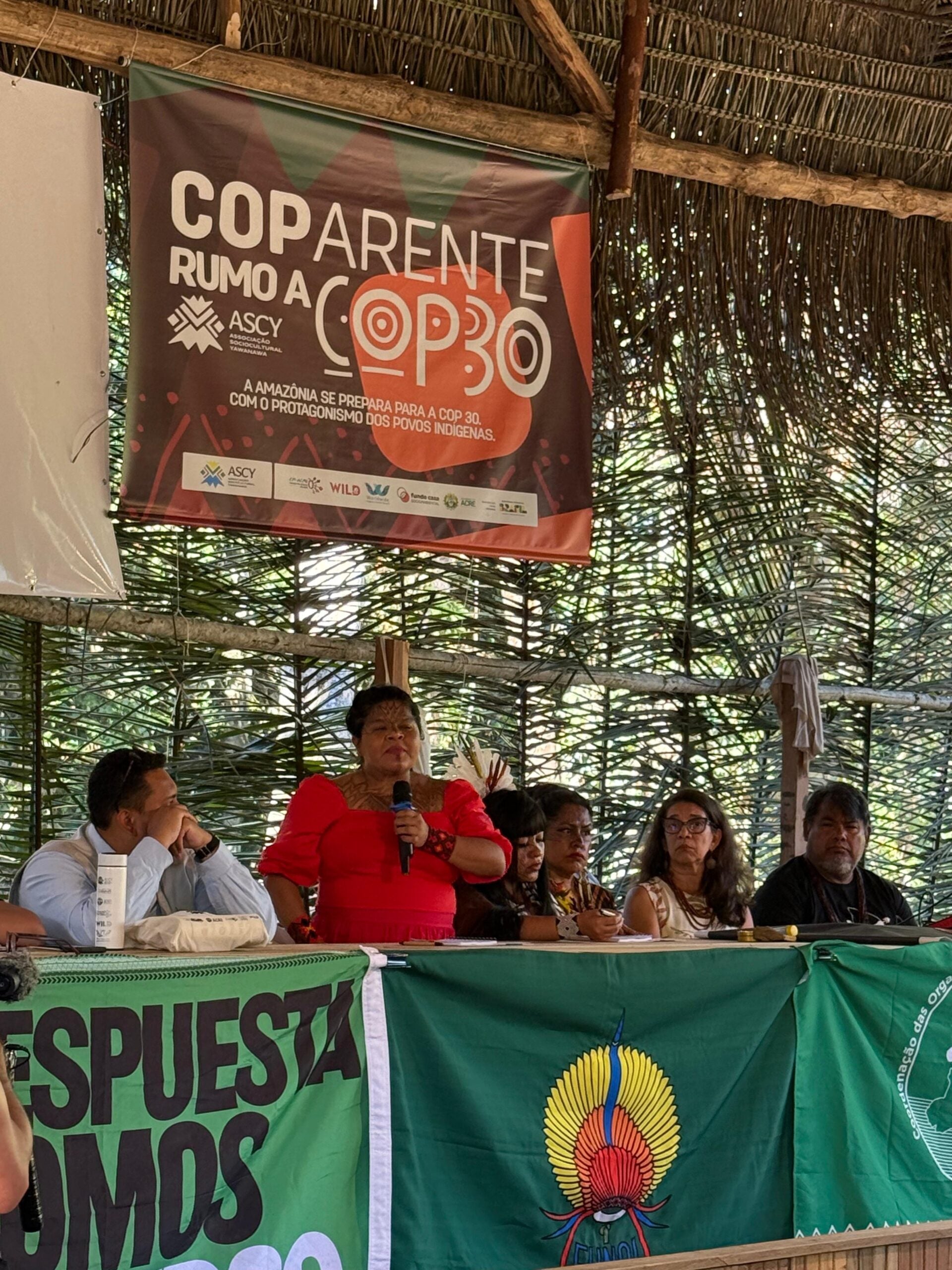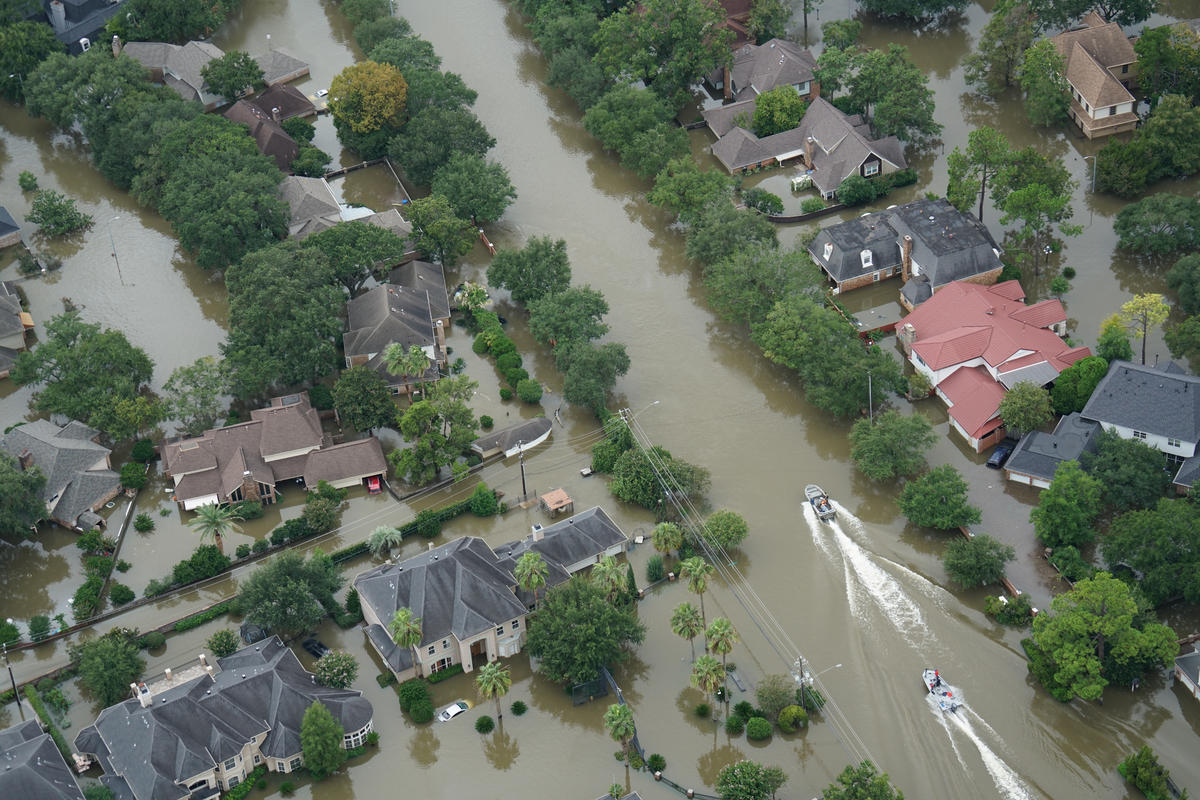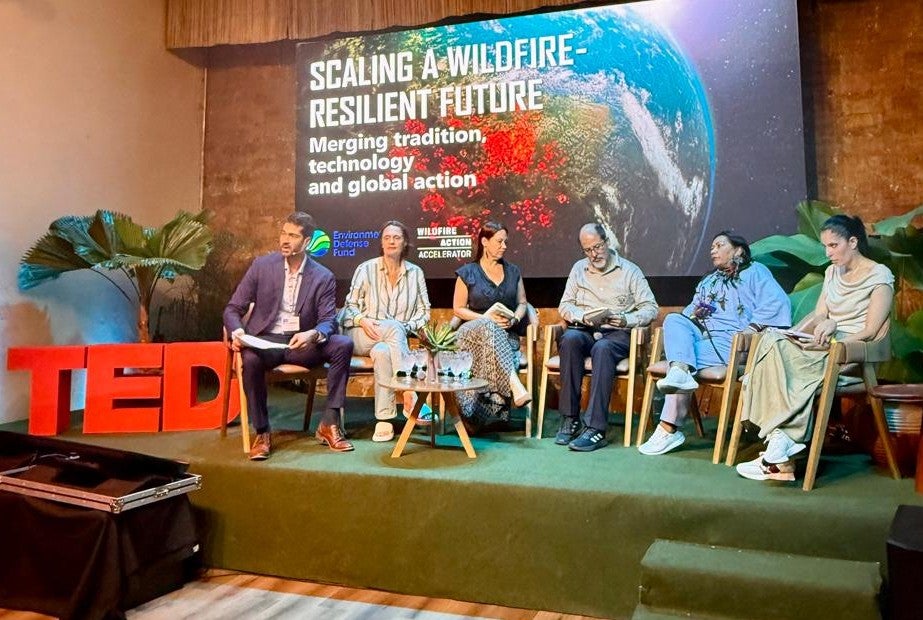From the Territory to the Negotiating Table: Indigenous Preparations for COP30

By Bärbel Henneberger and Bia Saldanha
Today, the 30th Conference of the Parties to the UN Framework Convention on Climate Change (COP30) begins in the Amazonian city of Belém, Brazil. Since Belém was announced as host at COP28 in Dubai in 2023, Indigenous Peoples and local and Afro-descendant communities have been mobilizing across continents. After nearly two years – through local, national, and international gatherings – they arrive as leaders ready to shape climate action, including forest and biodiversity conservation.
The world’s largest tropical forests play a key role in stabilizing our global climate. Indigenous peoples and local communities manage or have tenure rights over a significant portion of these forests, including over half of all remaining intact tropical forests. Their stewardship is crucial for global biodiversity conservation and climate, often outperforming government-managed protected areas in preventing deforestation. In the Amazon Basin – where roughly 30% of the land is Indigenous territory – the conference offers a historic opportunity to recognize Indigenous Peoples as key climate actors.
The Amazon’s Territorial Voices
In October 2025, the Coordinator of Indigenous Organizations of the Amazon Basin (COICA) and its affiliates convened in Brazil to consolidate regional demands. The result was COICA’s Political Mandate for COP30: “Territorial Voices of the Forest”, outlining key priorities including:
- Legal security of Indigenous territories, including those of peoples in voluntary isolation (PIACI).
- An end to predatory extractivism and recognition of Indigenous lands as exclusion zones for oil, gas, and mining—including “transition” minerals.
- A just energy transition that respects Indigenous ways of life and economic autonomy.
- Direct access to climate finance, with at least 40% of funds from mechanisms such as the Green Climate Fund and the Tropical Forests Forever Facility (TFFF) going directly to Indigenous organizations.
- Inclusion of cultural and spiritual losses within the Loss and Damage Fund, acknowledging that climate impacts extend beyond material damage.
- Voting seats in global climate governance bodies, ensuring parity in decision-making.
This marks a strategic shift: Indigenous leaders are no longer asking merely for participation but demanding co-governance in institutions that shape global climate policy.
The Indigenous NDC: Climate Self-Determination
Weeks before COP30, the Articulation of Indigenous Peoples of Brazil (APIB) launched the Indigenous NDC—a groundbreaking proposal integrating Indigenous rights, knowledge systems, and territorial protection into Brazil’s official Nationally Determined Contribution (NDC) under the Paris Agreement. Built through months of consultations, the Indigenous NDC rests on six pillars:
- Mitigation – Recognition that demarcating and protecting Indigenous territories is a measurable, central climate mitigation strategy.
- Adaptation – Integration of traditional knowledge and local ecological practices into national adaptation plans.
- Just Transition – Immediate phase-out of fossil fuels and designation of Indigenous territories as free from mining and large-scale agribusiness.
- Climate Finance – Creation of Indigenous-led finance mechanisms guaranteeing fair, debt-free access.
- Climate Justice – Addressing historic and ongoing injustices through full Indigenous participation in climate governance.
- Recognition – Valuing ancestral knowledge, languages, and spirituality as essential to climate solutions.
For APIB, this represents climate self-determination. As their statement affirms: “Without demarcation, there is no mitigation.”
The COParente Cycle: Preparing from the Ground Up
To ensure meaningful participation at COP30, Brazil’s Ministry of Indigenous Peoples (MPI) and the National Foundation of Indigenous Peoples (FUNAI), together with APIB and the Coordination of Indigenous Organizations of the Brazilian Amazon (COIAB), launched the COParente Cycle, aiming to inform and mobilize Indigenous Peoples to participate in COP30 and plan their leadership’s influence in global climate negotiations.
Between 2024 and 2025, Indigenous leaders and communicators received negotiation training, selected delegates, and crafted unified messages for Belém during 14 regional meetings across Brazil. The process strengthened representation and informed communities about the technical dimensions of climate diplomacy—bridging the territory and the negotiating table.
Brazil’s Inclusive COP Presidency
Assuming the COP30 presidency, Brazil has sought to expand public participation and highlight Indigenous perspectives. In his April 2025 Letter to the International Community, COP30 President André Corrêa do Lago invoked the Indigenous concept of mutirão—a collective effort—as a guiding principle, describing it as “ancestral wisdom and social technology” for global cooperation.
The presidency also introduced four Leadership Circles to deepen engagement:
- Finance Ministers Circle – advancing climate finance reform;
- People’s Circle – amplifying Indigenous and local community representation;
- Presidents Circle – accelerating Paris Agreement implementation;
- Global Ethical Balance Circle – fostering a new global ethic for sustainability.
The People’s Circle, chaired by Indigenous Minister Sonia Guajajara, serves as a formal dialogue between Indigenous, local and Afro-descendant communities’ representatives and the COP presidency. It complements existing UNFCCC structures such as the Local Communities and Indigenous Peoples Platform (LCIPP) and its Facilitative Working Group, reinforcing the integration of traditional knowledge into official decision-making.
The International Indigenous Commission for COP30
At Acampamento Terra Livre (ATL) in April 2025, the Brazilian government and Indigenous organizations established the International Indigenous Commission for COP30, ensuring Indigenous Peoples are central to the conference. The Commission’s goal: guarantee both greater numbers and stronger credentials for Indigenous participation.
An estimated 3,000 Indigenous participants, including 1,000 accredited leaders, are expected in Belém—making COP30 the most inclusive climate conference in UN history. Minister Guajajara emphasized:
“This will not only be the COP with the largest Indigenous participation ever—it will deliver the greatest results. Belém will be the place where science and ancestral knowledge walk side by side.”
If implemented, proposals such as COICA’s direct-finance target, the Indigenous NDC’s territorial mitigation commitments, and the inclusion of cultural losses in the Loss and Damage Fund could transform how climate policy measures success—anchoring it in justice and Indigenous leadership rather than abstract pledges.
As COP30 convenes in Belém, the convergence of these movements—from the Territorial Voices declaration and the COParente Cycle to Brazil’s new participatory mechanisms—signals a shift in climate diplomacy itself.












